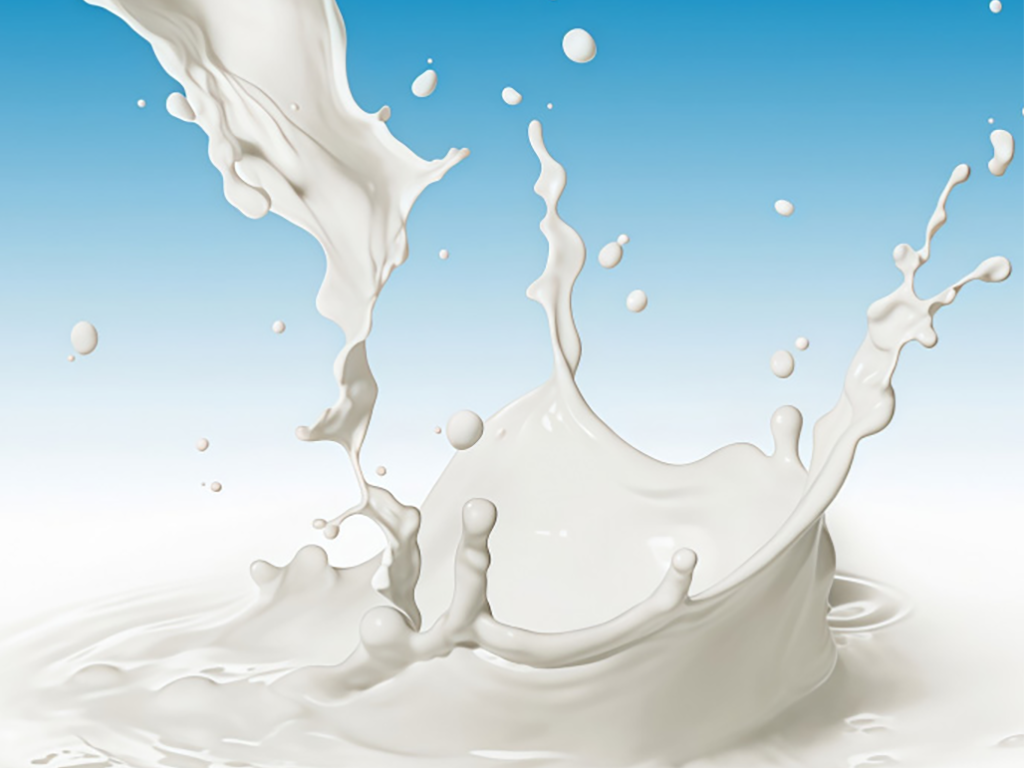La synthèse de l'acrylate d'octyle implique principalement l'esterification de l'acide acrylique avec l'octanol, une réaction chimique optimisée pour un rendement, une pureté et une échelle de production élevés. Le processus débute par le mélange de l'acide acrylique (CH₂=CHCOOH) et de l'octanol (CH₃(CH₂)₇OH) dans un réacteur, généralement dans un rapport molaire de 1:1,1 (excès léger d'octanol) afin de favoriser l'avancement de la réaction. Un catalyseur tel que l'acide sulfurique, l'acide p-toluenesulfonique ou un catalyseur acide solide est ajouté pour accélérer l'estérification, qui se produit en conditions de reflux à une température de 80 à 120 °C. L'eau, sous-produit de la réaction (CH₂=CHCOOH + CH₃(CH₂)₇OH → CH₂=CHCOO(CH₂)₇CH₃ + H₂O), est continuellement éliminée à l'aide d'un appareil de Dean-Stark afin de déplacer l'équilibre vers la formation d'acrylate d'octyle, augmentant ainsi le rendement à plus de 95 %. Une fois la réaction terminée, le mélange brut est neutralisé à l'aide d'une base (par exemple, du carbonate de sodium) pour éliminer l'acide et le catalyseur résiduels, puis lavé à l'eau afin d'enlever les sels et l'octanol non réagi. La purification s'effectue par distillation fractionnée sous pression réduite, séparant l'acrylate d'octyle des impuretés restantes pour obtenir une pureté ≥99 %. Enfin, un inhibiteur (par exemple, l'éther monométhylique de l'hydroquinone) est ajouté pour empêcher la polymérisation prématurée pendant le stockage. Les méthodes avancées de synthèse utilisent des réacteurs automatisés et des catalyseurs efficaces afin de réduire la consommation d'énergie et les déchets, assurant ainsi une qualité constante et une approche durable.
